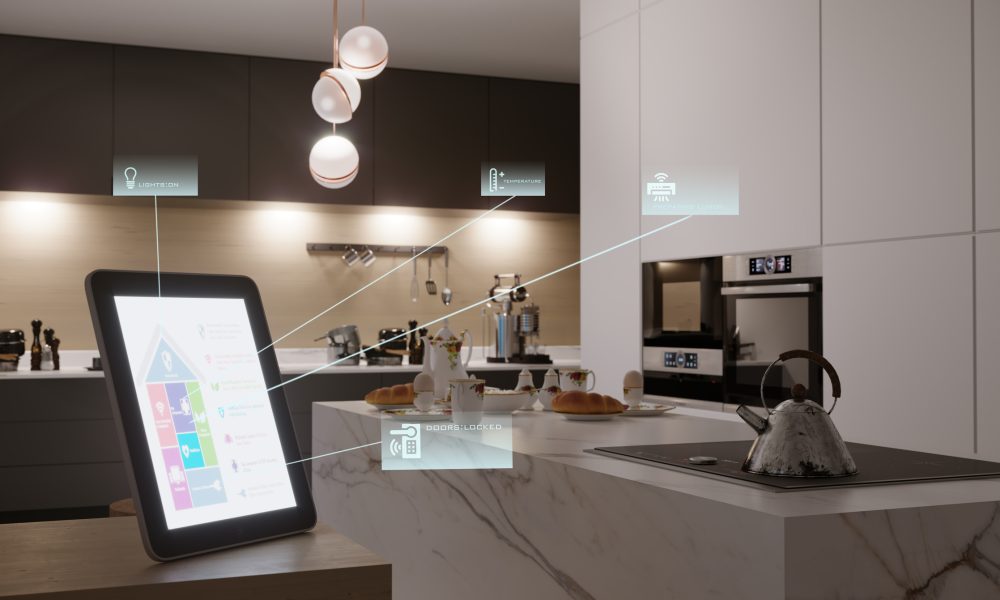Your relationship with electricity will change in the next 3 years. Are you ready?
For the last 75 years, our relationship with electricity has been decidedly one-sided. Our homes are wired, and we’ve purchased appliances, lamps and more recently, a whole host of electronics to plug in. By doing so, we have taken for granted that everything simply works. We may have stumbled in assembling a clunky smart home to make our lives easier, but we never questioned if the device would turn on after being plugged in. With each passing month the bills would come and some were higher than others but paying them has become completely routine.
To try and deviate from this method of garnering power was considered only for the fringes of the most ardent DIY enthusiasts. It was cumbersome, took tremendous know-how and often meant sacrificing certain comforts.
That’s all about to change.
With the forthcoming standards in bi-directional charging, suddenly that one-way system of garnering power will become a two-way street. The explosion of EVs from nearly every major car manufacturer, as well as a few newcomers, is usurping the relationships we’ve had with cars and our reliance on gasoline to power our journeys. The addition of these batteries into our overall energy diet gives us new ways of deciding what energy to use and when. Why does that matter?
With so many of us blissfully unaware of certain times of day when energy costs are higher (think of the surge pricing ride-sharing apps use), we may have been running the washer, dryer, oven, gaming consoles and HVAC at the most expensive time of day. While an emerging class of device can help give consumers those insights, bi-directional charging means that we now have additional power sources to draw from to exponentially increase our efficiency and actually save money. Bi-directional charging lets us decide if we’re going to power our lifestyle from our car or the grid, or even in times of stress give power back to the grid to save you money! The insights from energy monitors can also make sure your car is only charging when the utility rates are most competitive which can ensure that your bills don’t fluctuate too wildly with the addition of one or two EVs into a household.
With the continued adoption of solar across the country and well as a growing market for whole-home batteries, there are now multiple avenues to not only power your own home but reduce the stress on the grid. The headlines of rolling blackouts in Texas and California will likely not subside as weather events get more extreme and can have deadly consequences for consumers. These new technologies will not only increase our resiliency but give consumers so much more choice in how they power their homes without sacrificing their lifestyles. Now, having a bi-directional charger for your car, drawing on the grid as you always have, adding in solar and a sizable battery to store the power opens up a host of options that can be nearly infinitely customized given a myriad of factors affecting the utility.
These advancements are also a potential boon for the retail sector. Having much more thoughtful and educated conversations with consumers about their power needs will likely become much more commonplace. The opportunity to go beyond more than just talking about specs but designing tailored “power diets” for consumers has tremendous potential to more fully ingratiate the retail sector into a consumer’s daily habits. Fostering genuine relationships with recommendations has the ability to restore those bonds that have suffered in an era of faceless e-commerce. As this electrical revolution is taking place, the winners will be the ones who are demystifying it and building trust with their customers.
With much more efficient energy monitoring tools in place, consumers will have access to dashboards that more clearly show usage and can even automate certain processes. The age-old image of Dad controlling the thermostat or being acutely aware of lights being on in an empty room can be much more quantified in terms of dollars which is always a powerful metric. Taking that intelligence and pairing with some automation and new energy sources can bring about a 50 percent savings on that monthly bill! Having conversations like that with customers is something that’s sure to elicit interest and by showing them the more straightforward ways to accomplish that even little by little resulting in considerable savings.
We strongly believe that the next three years will be pivotal for this change as the United States crossed the 5 percent tipping point for EV sales with no sign of slowing down. A Bloomberg analysis estimated that a quarter of new vehicle sales in the U.S. could be electric by the end of 2025. Now is the time for retailers to start getting ready to advise consumers as there will be a hunger for this type of technology as it continues to go mainstream. It’s abundantly clear that the (electric) train has left the station and it’s up to the rest of us to get on board.
By, Shawn McLaughlin, CEO of Emporia Energy
**Correction: Please note that this article was published under an incorrect byline in our recent April Issue**















